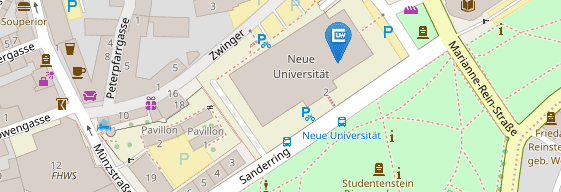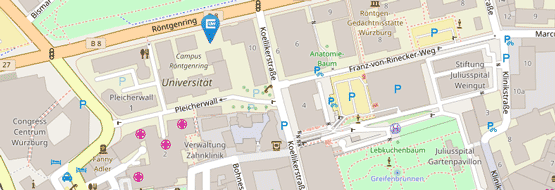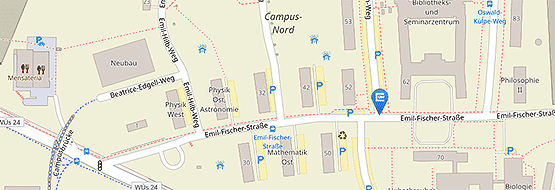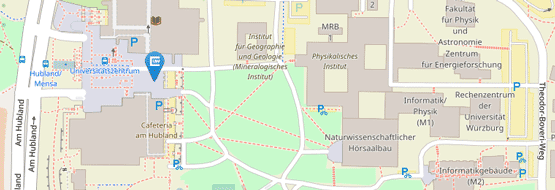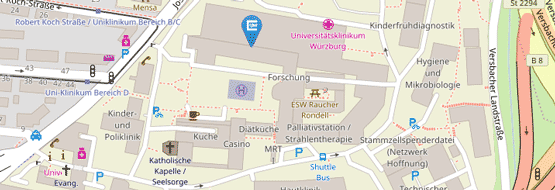Anika Seufert M. Sc. (née Schwind)

| Phone | +49 0931 31-89033 |
| Telefax | +49 0931 31-86632 |
| Room | A212 |
| Address | Lehrstuhl für Informatik III Am Hubland 97074 Würzburg Germany |
Research Interests
My research interests include the following topics:
- Quality of Experience (QoE) of Internet applications (e.g., video/music streaming apps, mobile messaging apps)
- Measurements, analysis, and modeling of network traffic
- QoE-aware network traffic management solutions
- Performance evaluation and modeling of communication systems
- Group-based communication
Recent Publications
-
A Tutorial on Data-Driven Quality of Experience Modeling with Explainable Artificial Intelligence. . In IEEE Communications Surveys & Tutorials. 2025.
-
Measuring and Improving the Quality of Experience of Trending Internet Applications in Mobile Networks. Technical Report (PhD dissertation), . . PhD dissertation. University of Würzburg, 2025, January.
-
Fitting the Puzzle: Towards Source Traffic Modeling For Mobile Instant Messaging. . In 2024 15th International Conference on Network of the Future (NoF). Castelldefels (Barcelona), Spain, 2024.
-
Sitting, Chatting, Waiting: Influence of Loading Times on Mobile Instant Messaging QoE. . In 16th International Conference on Quality of Multimedia Experience (QoMEX). Karlshamn, Sweden, 2024.
-
Explainable Data-Driven QoE Modelling using XAI. . In 15th International Conference on Quality of Multimedia Experience (QoMEX). Ghent, Belgium, 2023.
A comprehensive list of all publications can be found here: Publications


